In the Rio Olympic Games in 2016, the American women's triathlete Gwen Jorgensen beat the typhoon of the London Olympics four years ago and beat many world famous players to win the women's triathlon. A gold medal.

Jorgenson's secret weapon to win the game is not her expensive S-Works chariot, but she is good at thinking about the brain. Even after training, she will close her eyes and think about it, presenting the entire process of the game or training in her mind. This “training†method helped her win the ITU World Championships and Rio Olympic Games gold medals twice at the age of 30, and achieved a 12-game winning streak in the ITU World Series last season.

At present, "visual training" has become a trend in the top professional iron three players. During the entire summer before the Rio Olympics, Jorgenson was adapting to the traffic around Rio Copacabana over and over again through Virtual Reality (VR) equipment.
"Rio's bike circuit is very difficult," said Jorgenson. "Some sections of the road are steep and the downhill demands are very technical. These details will become a key factor in this competition."
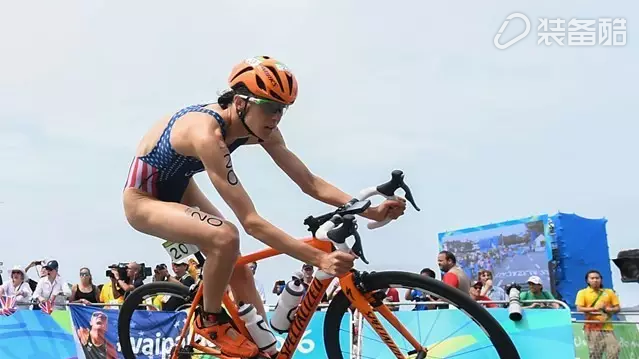
As we all know, Jorgenson is a triathlete. And this sport is one of the most difficult single day races in the world. In order to make her fully prepared in all aspects, Jorgenson's coach introduced her virtual reality product pioneer Joe Chen. Afterwards, Joe Chen flew to Rio Stadium, fixed a number of Gopro cameras on the front cover of the car, and adjusted the lens height of the camera to be consistent with the athlete's vision during riding. Subsequently, Joe drove this car from 360 degrees to capture the real scene of the Rio Triathlon track.
Finally, Joe transformed the images into visual MPEG and uploaded it to a Samsung Gear VR virtual reality heads-up device. Jorgenson can wear it to practice the entire track according to the actual scenery of the track, or choose independent images to train the key sections of the track in detail. In other words, although people are not in Rio, Jorgenson can train Rio Olympics at any time and place, thus taking advantage of the advantages of the game.
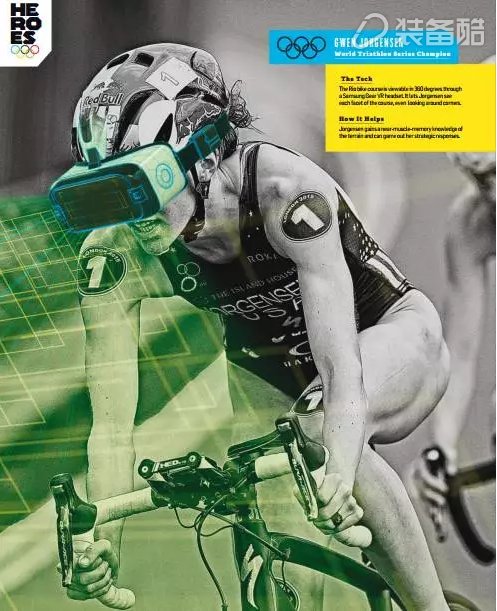
This virtual reality head-mounted device can be accompanied by Jengensen at all times. "No matter where I am, I can wear it anytime and anywhere to look at the entire track, every detail to experience Rio track," Jorgenson said.
The actual use results show that using VR for training sometimes brings better results than a real race test. “Using VR training is a completely different experience than actual test riding, and sometimes the memory of a test ride alone cannot provide enough knowledge of the track,†added Jorgensen.
Jorgenson is not a veteran who has been in the Triathlon for many years, especially in cycling. She was a certified public accountant and she was already a very good long-distance runner and swimmer in the school. She decided to start cycling training six years ago. After two years of transitioning into a professional triathlete, she won qualifications for the 2012 London Olympics. However, Jorgensen was unlucky in the debut of the London Olympics. As a big hit before the game, she unfortunately blew a squad on the bike stage and ended up only 38th.
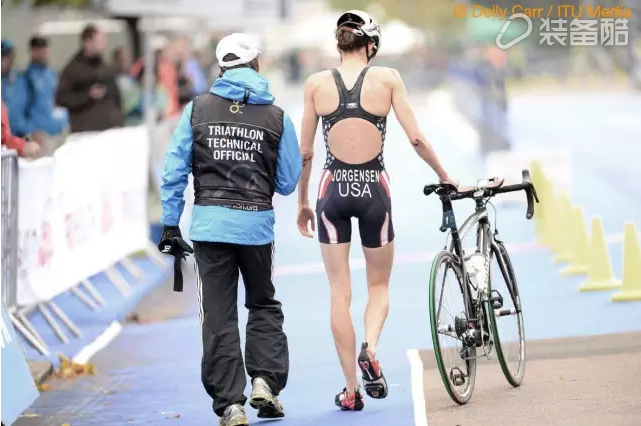
As the saying goes, "Nobody has come," and since then, Jorgenson has made a victorious victory in the triathlon. It is also a feat in the ITU World Series winning 12 consecutive victories in the 2015 season. It is the most competitive player in the current women's triathlon competition. But before the Rio Olympics, she still lacked an Olympic medal to prove herself. She also hopes that Joe's VR device will help her stand on the Rio Olympic podium. "It's hard to describe the reality that it (VR) brings to you. I have never experienced such a wonderful experience." Jorgenson praised.
The goal of VR training is not only to help athletes get acquainted with the track. At the same time, it can also help athletes increase muscle memory during training, make muscles more familiar with the ups and downs in the track and any challenging sections, and let athletes in the actual game. This can respond to this faster. "VR can help you build confidence, so that you can deal with the difficulties and emergencies in the game easily." Jorgenson said.
After wearing the VR device to start the course, Jorgenson's body language continues to change. You can clearly see that she is sometimes observing the road, sometimes bending at the road in the direction of the bend, leaning the body, tightening the neck... These links help in formulating the game strategy and determining where Power, where to relax.
Although this VR device can help Jorgenson fully understand the familiar track, but it still has a flaw - it can not be accelerated or decelerated operation. This is why Jorgenson can only use it for track visualization exercises, and can't wear it to combine reality with riding in a spinning bike. However, its designer Joe Chen believes that these functions will become a reality and will give cyclists a more perfect experience.
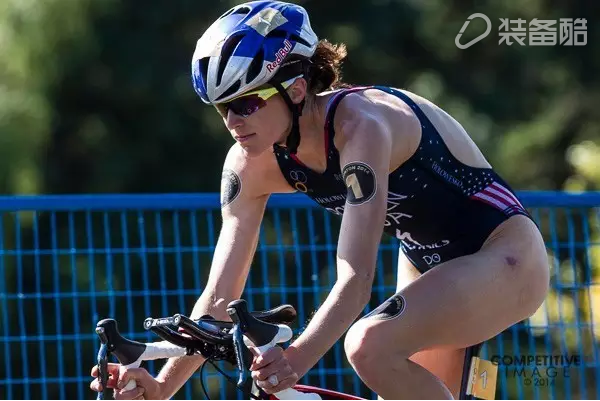
“From an industry point of view, we not only hope that we can simulate a perfect visual system, but we also need to reach a certain level of physical perception,†said Joe Chen. “We want to build a bicycle that can simulate gravity and allow athletes to try Different cornering routes, choose the one with the shortest out of time. But we have not yet reached that step. Finally, we will test our research projects on a very successful athlete."
The bicycle track of the Rio Triathlon project this year does bring a lot of uncertainty to the game, but Joe Chen believes that Gwen Jorgenson will win the final match, just like every time she returns home to wear VR to visually feel the track It's generally simple. "For Gwen (Jorgenson), we hope that when she really rides this track in the race, she will be as familiar as she can go to her kitchen in the middle of the night to pour water, naturally," said Joe Chen.
It was in the pre-race that he had made so much effort that Jorgenson was struggling in the Rio Olympics triathlon, relying on his familiarity with the track during the cycling stage to firmly control the rhythm of the game. At the right time in the right place, and in her strengths - running to establish the advantage, and eventually won the first round, round their own Olympic gold medal dreams.
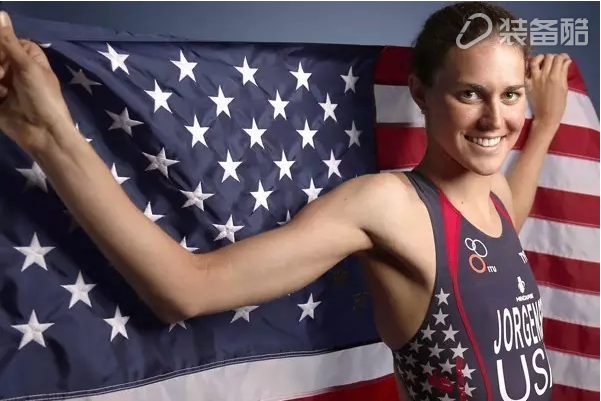
Article Source: Popular Science Magazine
Compilation: Wesley
The pop up drain is made of stainless steel or solid brass with anti cracking, anti rust and thickening, which is different from the split type on the market, It is easy to install and avoid leakage. There is a filter inside the Pop Up Drain. Which can prevent foreign objects from entering the downpipe and prevent the downpipe from clogging.
Pop Up Drains,Plug For Sink,Pop Up Drain Stopper,Pop Up Drain With Overflow
Kaiping Yufa Sanitary Ware Co.,ltd , https://www.yufabathroom.com